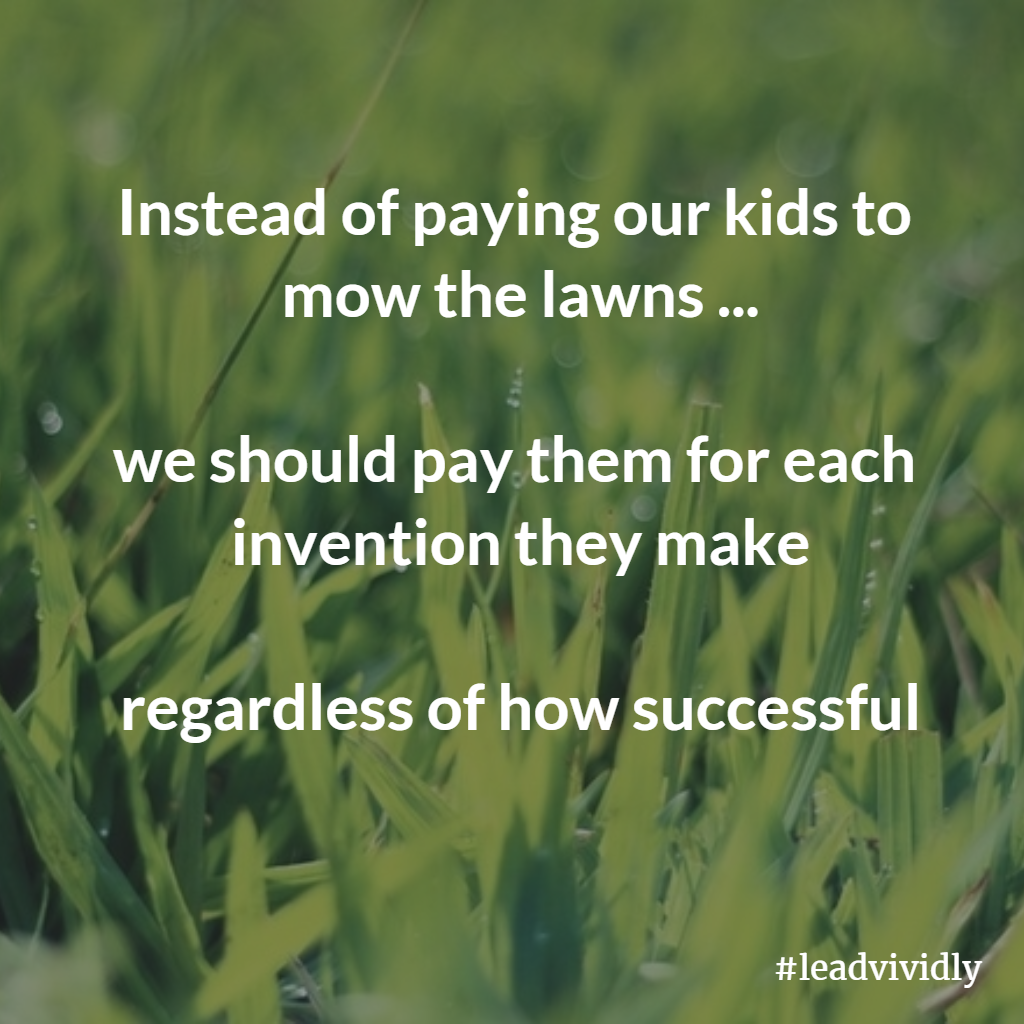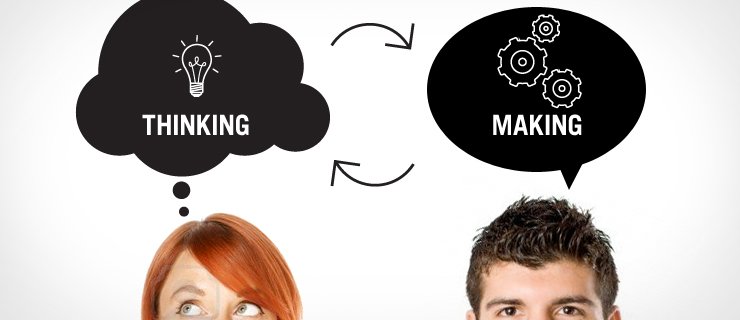 Around our house we have duties that everyone has to do each week on rotation as a part of being in the family. Then there are the tasks like mowing the lawns which I can do for free, or the kids can do for money.
Around our house we have duties that everyone has to do each week on rotation as a part of being in the family. Then there are the tasks like mowing the lawns which I can do for free, or the kids can do for money.
Of course the first question is “how much do I get paid?”
We are taught from an early age to value our time when we work. We are rewarded for the hours we put in, not the outcomes.
Which is weird, because as adults we know true success is not determined by how much we earn.
Success is defined by what we do.
What we learn.
What we create.
Invent.
Start.
Who we help.
Connect.
Love.
And how we shape the lives of people around us.
∴
I’m not sure I want my kids to grow up with a ‘wage’ mentality. I would rather they have a ‘change’ mentality.
Maybe those of us with kids should start paying them for the hours they aren’t on devices or watching TV.
We could pay them to read, or exercise, or learn new stuff they don’t teach at school.
We could start offering to pay our kids when they are writing, or creating, or making art.
Better yet, we could pay our kids for each invention they make, regardless of how successful. Or fund any social project, no matter how short-lived.
I’m sure there will be a downside to all of this, but it must be better than just paying them to mow the lawns
 As I open the door and step across the threshold, I’m struck by the sweet aroma of fresh coffee. The warmth inside contrasts the crisp air outside, as does the bustle and noise of a busy café. I glance around the café and take comfort from the fact I see no-one I know.
As I open the door and step across the threshold, I’m struck by the sweet aroma of fresh coffee. The warmth inside contrasts the crisp air outside, as does the bustle and noise of a busy café. I glance around the café and take comfort from the fact I see no-one I know. You know when you repaint a room a different colour, and the first coat of the new fresh paint doesn’t look quite as you expected. You’re pretty sure it will be OK, but until you get the rest of the paint on you won’t know.
You know when you repaint a room a different colour, and the first coat of the new fresh paint doesn’t look quite as you expected. You’re pretty sure it will be OK, but until you get the rest of the paint on you won’t know. You have probably all worked with people at the creative extremes. At one end is the person who works really hard, executes like crazy then tells you “I’m not creative”. At the opposite end of the scale is the “ideas person” who constantly has ideas and never delivers on anything.
You have probably all worked with people at the creative extremes. At one end is the person who works really hard, executes like crazy then tells you “I’m not creative”. At the opposite end of the scale is the “ideas person” who constantly has ideas and never delivers on anything.